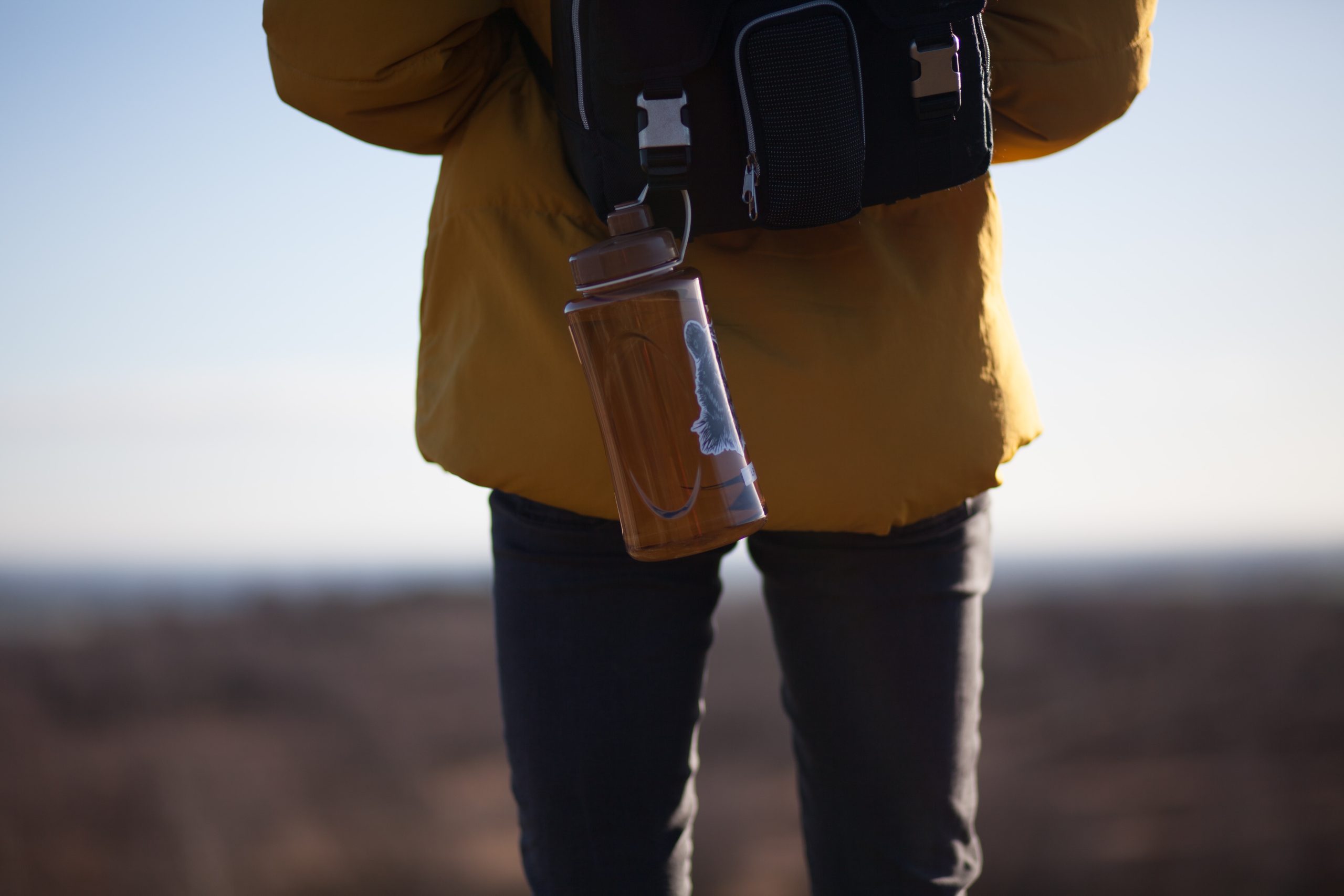Introduction
Embarking on a Kenyan safari is a thrilling and unforgettable experience. But in order to fully enjoy your adventure, it’s essential to know what to wear on safari in Kenya. Proper attire will not only keep you comfortable but also help you blend into the environment and maximize wildlife sightings. In this comprehensive guide, we’ll cover the essential clothing, footwear, and accessories you’ll need for your Kenyan safari.

1. The Importance of Neutral Colors
When choosing your safari clothing, neutral colors such as khaki, olive, and beige are essential. These colors will help you blend into the surroundings and avoid startling the wildlife. Bright colors and patterns can be distracting and may scare off the animals you’re hoping to see. Additionally, avoid wearing white or very light colors, as they can easily become dirty and stained during your adventure.
2. Lightweight, Breathable Fabrics
Kenya’s climate can be hot and humid, so choose clothing made from lightweight, breathable materials like cotton or linen. These fabrics will help you stay cool and comfortable throughout the day. Avoid synthetic materials, such as polyester, as they can be uncomfortable in hot weather and may cause skin irritation.
3. Layering for Temperature Changes
While the days can be hot, the early mornings and evenings on safari can be surprisingly chilly. Be prepared for temperature fluctuations by layering your clothing. Start with a lightweight, moisture-wicking base layer, add a breathable long-sleeve shirt, and finish with a warm fleece or jacket for the cooler hours.
4. Long-Sleeve Shirts and Pants
Protecting your skin from the sun and insects is essential on safari. Opt for long-sleeve shirts and long pants to minimize your exposure to harmful UV rays and pesky insects. Choose clothing with built-in UV protection and insect repellent for added protection.
5. Comfortable, Sturdy Footwear
The right footwear is crucial for a comfortable safari experience. Choose sturdy, closed-toe shoes with good arch support and ample cushioning. Hiking boots or trail shoes are ideal, as they provide support, protection, and grip on uneven terrain. Make sure to break in your footwear before your trip to prevent blisters and discomfort.
6. Sun Protection
The African sun can be intense, so it’s essential to protect your skin with sunscreen, sunglasses, and a wide-brimmed hat. Choose a sunscreen with a high SPF and apply it generously throughout the day. Polarized sunglasses will protect your eyes from glare, while a hat with a wide brim will shield your face, neck, and ears from the sun.
7. Rain Gear
Kenya’s weather can be unpredictable, and sudden rain showers are not uncommon. Be prepared with a lightweight, waterproof jacket or poncho that can be easily packed away when not in use. Waterproof pants or gaiters can also be helpful in keeping your legs dry during wet conditions.
8. Accessories for Comfort and Convenience
Don’t forget the small details that can make your safari more enjoyable. A scarf or bandana can be a versatile accessory, providing sun protection, warmth, or a makeshift dust mask. Additionally, consider packing a small daypack to carry essentials like water, snacks, and your camera.
9. Camera Gear and Binoculars
To capture the incredible wildlife and landscapes on your safari, you’ll need a good camera and binoculars. A DSLR or mirrorless camera with a telephoto lens is ideal for capturing close-up shots of animals from a distance. Don’t forget to pack extra memory cards, batteries, and a cleaning kit to keep your gear in top condition. High-quality binoculars will enhance your wildlife viewing experience, allowing you to observe animals in detail from a safe distance.
10. Packing for Different Safari Activities
Depending on your itinerary, you may be participating in various safari activities, such as game drives, bush walks, or hot air balloon rides. Adapt your clothing and gear to suit each activity. For example, you may want to wear sturdier footwear and carry a walking stick for bush walks, or bring a light jacket for the cooler temperatures during a hot air balloon ride.
Conclusion
Preparing for a safari in Kenya is an exciting part of the adventure. By choosing the appropriate clothing, footwear, and accessories, you’ll be well-equipped to enjoy the stunning landscapes and incredible wildlife sightings Kenya has to offer. Remember to opt for neutral-colored clothing, lightweight and breathable fabrics, and sturdy footwear. Additionally, be prepared for varying weather conditions and pack essential sun protection, rain gear, and accessories to make your safari experience as comfortable and enjoyable as possible. With the right attire and gear, you’ll be ready to embark on the journey of a lifetime.









